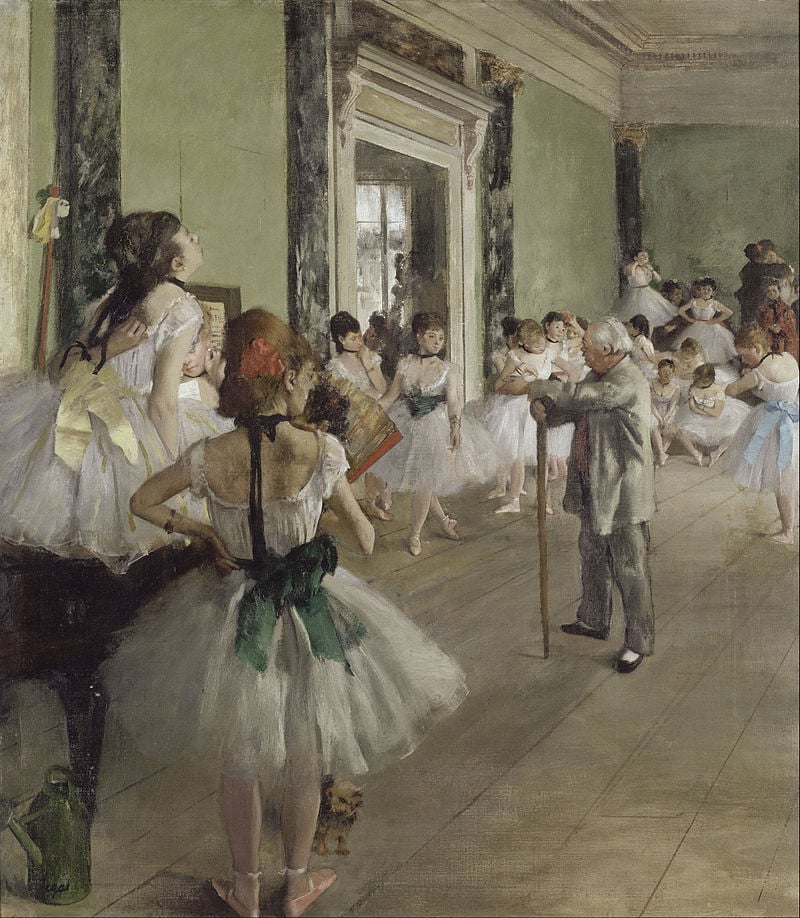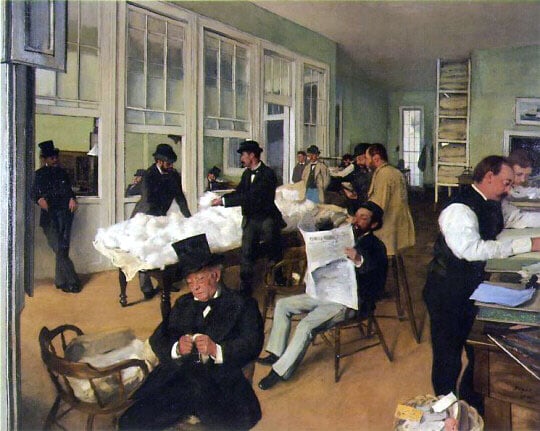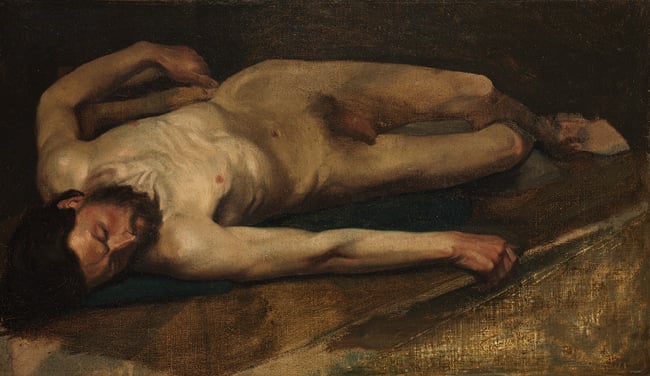People
5 Surprising Facts That Will Change the Way You See Edgar Degas
He referred to the ballerinas he painted as "little monkey-girls."

He referred to the ballerinas he painted as "little monkey-girls."

Rain Embuscado

We may be a day late on the birthday train, but we couldn’t pass on an opportunity to celebrate Edgar Degas. The way we see it, any reason is a good one. In our research on the painter, however, we uncovered some surprisingly unsavory details about the artist that, to put it lightly, complicate our feelings.
If you’d sooner preserve your admiration for Degas, we seriously advise you to turn away. Otherwise, be warned: The 5 facts we’re about to reveal will change the way you think of Edgar Degas—and it won’t be for the better.

Edgar Degas, The Dance Class (1873–1876).
Photo: via Wikipedia.
1. Those ballerinas he’s famous for painting? He referred to them as his “little monkey girls.”
It turns out Degas was a bona fide misogynist. In a Vanity Fair feature, art historian John Richardson notes that Degas took pleasure in watching his models contort in agony, preferring to portray them as if “looking through a keyhole” under stress, their feet “raw and bleeding.” It goes without saying that this news sullies our romanticized experiences of Ballet Rehearsal and The Dance Class.
2. Degas was a lifelong bachelor.
It’s true, Degas never married. As for why he was such a bachelor? Well, perhaps it had something to do with him equating women with racehorses. To drive the point home, Degas once said, “I have perhaps too often considered woman as an animal.”
But wait, it gets worse…

Edgar Degas, A Cotton Office in New Orleans (1873).
Photo: via Wikipedia.
3. He was also vehemently anti-Semitic.
According to the Chicago Tribune, Degas’s antisemitism resulted from the Dreyfus Affair, wherein a French military officer of Jewish descent was wrongfully accused of treason. France was divided and so were her artists. Degas, spurred by his family’s entrepreneurial difficulties due to Jewish competitors, elected to adopt anti-Semitic sentiments.

Edgar Degas, Homme nu couché (1855).
Photo: via Metropolitan Museum of Art.
4. He was often described as an “old curmudgeon,” but writer George Moore tried to clear the air.
In the 1918 issue of Burlington Magazine for Connoisseurs, Irish novelist George Moore disputed Degas’s reputation as an old curmudgeon. Instead, Moore revealed that Degas presented himself as such to drive people away. As Degas allegedly explained to him, “The artist must live apart, and his private life remain unknown.”
5. Degas is remembered as one of the “founders of Impressionism,” and he probably would’ve hated it were he alive today.
Contrary to popular belief, Degas would’ve sooner been regarded as an independent than as an Impressionist (let alone as one of its founding members). The artist was fiercely protective of his style and initially refused to associate himself with other movements. It’s worth mentioning that Degas’s earliest ambition was to become a history painter.